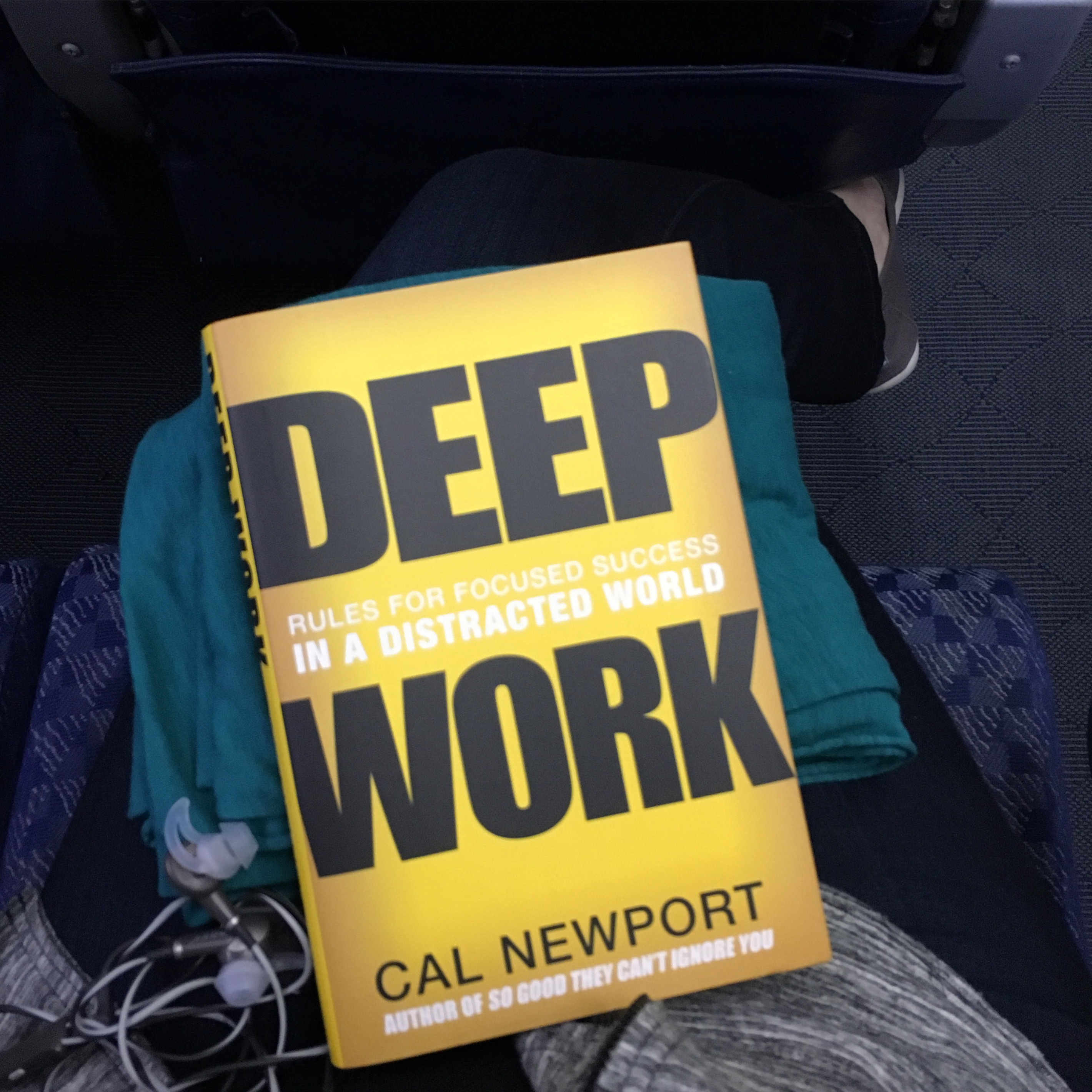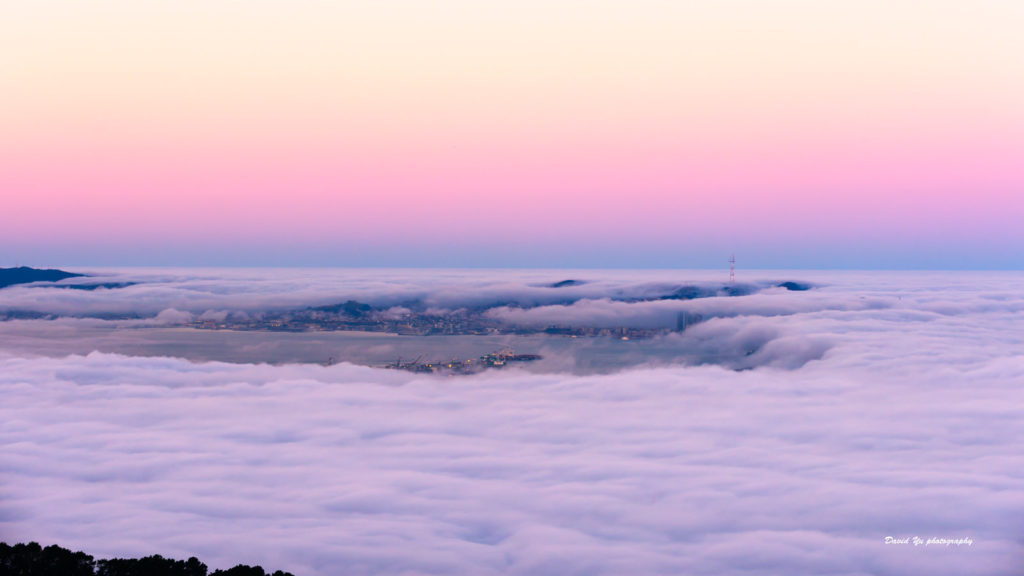
Sunrise Colors – Fog City San Francisco by David Yu via Flickr.
It’s late afternoon in August as I write this, and the fog is rolling in from the Pacific in big billowy swaths. In so many ways, San Francisco isn’t like the rest of the country, but in no way is that more true than our weather. Most of the country is still experiencing sunny, hot summer weather — shorts, flip flops, sunburns. But, those iconic summer days don’t come to San Francisco until at least September and October.
July and August are chilly here. We turn our heaters on overnight. When our feet hit the floor in the morning, it’s cool to the touch and often elicits a shiver. This is the time of year when my shearling boots are in regular rotation, and my lap is rarely without a blanket, especially if I’m up early to write. Average high temperatures in July and August hover around the mid to high 60s Fahrenheit. Locals jokingly call August, “Fogust.”
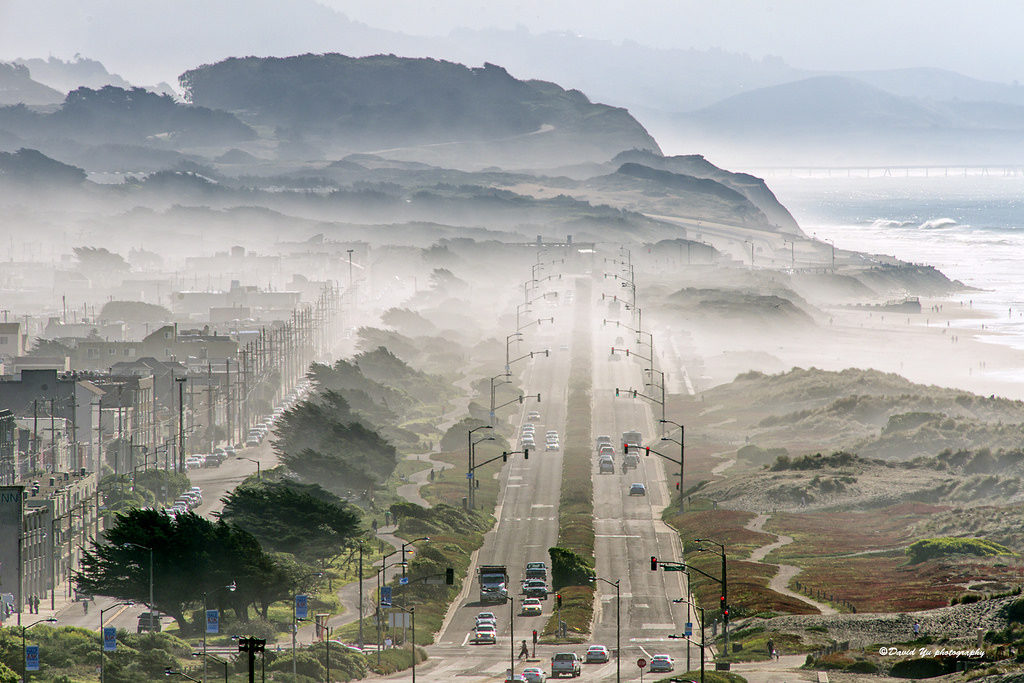
Ocean Beach. San Francisco by David Yu via Flickr.
I’m not complaining. Not at all. I grew up in Dallas with heat regularly topping 100 degrees in summer, and the year before I moved had a record number of days in a row of triple digit heat (something like 60+ days). I relish the chill in the air during the summer. So much so that the fog features prominently in my morning writing, and I’ve been struggling to for a couple of summers to put into words exactly what I love about it. It’s many permutations never cease to capture my attention or imagination — obscuring just the top of Sutro Tower, blowing over Twin Peaks in long thin tendrils, and occasionally even reaching all the way across the city to San Francisco Bay. The romance has not worn off for me. I hope it never does.
Now that I live here and have for years, it’s easy to forget how many people don’t know about our funky, non-conforming weather patterns. So many people simply assume: San Francisco is in California so it must be warm, like Los Angeles or San Diego. Those poor unsuspecting people bring only shorts and t-shirts when they visit. They end up freezing and miserable and quickly acquiring touristy San Francisco sweatshirts to be worn for the remainder of the trip.
I’ve also been surprised by how many locals don’t seem to know the science behind why it’s foggy in San Francisco during the summer. They know about our microclimates, the often dramatically varied weather and temperatures from one neighborhood to the next, of course, but that’s often where it ends. Instead of lessening the mystery and beauty of the fog, understanding the science seems to enhance it.
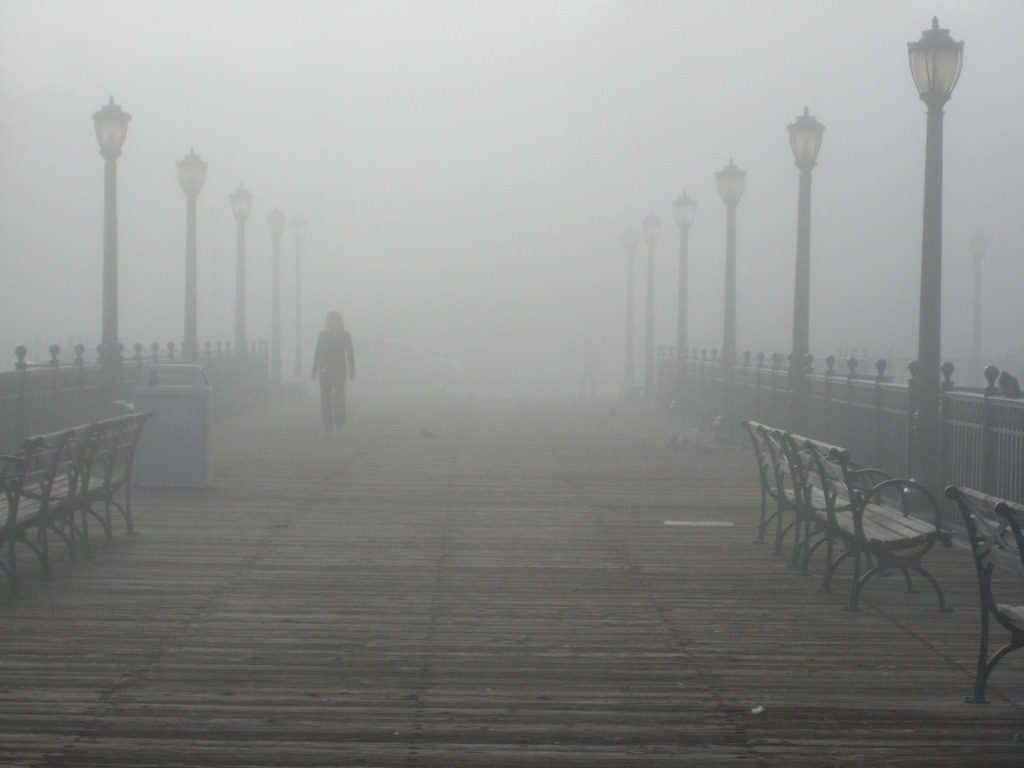
Foggy Pier Seven by Lynn Friedman via Flickr. (This is beautiful, but rare since it’s on the bay side of SF.)
So… Why is San Francisco is foggy in the summertime?
It starts with the cold, cold water of the Pacific Ocean, which cools everything around it, including the moisture in the air, forming the fog out at sea. (The water is particularly cold near San Francisco because of a phenomenon called upwelling, making our marine life especially rich, but that’s another story for another time.)
Air naturally moves from cooler to warmer areas so the fog is pulled toward the shore. As temperatures rise inland throughout the summer, that hot inland air also rises creating a big vacuum that pulls cool, foggy air over the city of San Francisco. Watching to see when, where, and how far the fog reaches is part of the fun.
San Francisco’s famous hills — especially Twin Peaks, Mount Sutro, and Mount Davidson — play a big role in determining which neighborhoods are foggy and cheap(er) and which are sunny and expensive. Ending up of west of these peaks means no shelter from the fog; east of them, the temperatures rise, and the sun shines.
Most people know that California sits on top of the induction zone of the Pacific and North American tectonic plates, which created the costal mountain ranges up and down the California shoreline, the hills of San Francisco, and also threaten us with earthquakes. There are a few spots along the Bay Area coast where the land doesn’t peak — called sea level breaks. These include the Golden Gate itself (the entrance to San Francisco bay), the westernmost neighborhoods in and around Golden Gate Park, and the area west of SFO airport. These sea level breaks allow the fog to seep easily across the land with nothing in it’s path. Hence the foggy flight delays at SFO and the freezing, foggy weather plaguing tourists on the Golden Gate Bridge.
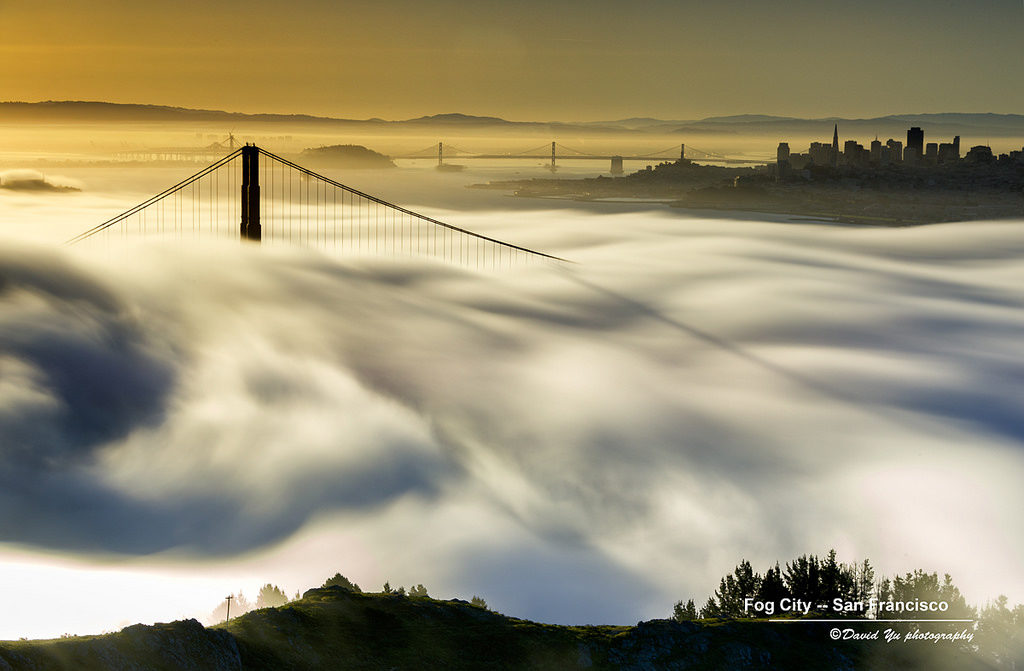
Fog City by David Yu via Flickr.
I can’t remember when I heard this quote for the first time, but it always reminds me of one of my favorite San Francisco summer memories — leaving Book Passage, an incredible book store in Marin, after their Travel Writing Conference late on an August night, my creative energy spent, but reinvigorated too.
On the drive back into San Francisco, there’s a curve on the 101 near Sausalito where the fog first begins to show itself. It blows horizontally across the highway and obscures the view. It’s always a sign of what’s to come in the city. Sometimes on emerging from the tunnel that follows this bend, you can’t see the Golden Gate Bridge at all. Other times, the bridge is perfectly framed, partially adorned with fog or barely peaking out from behind it. It’s always a sight worth seeing.
I needed a big change when I moved to here five years ago. I came in search of natural beauty, mountains and beaches, cooler temperatures, and new creative energy, but I also came in search of a place where the questions of my personal life didn’t loom so large, where I could focus on the present, what I could see in front of me — only as far as my headlights. In the short time I’ve lived here, my life has changed dramatically. Answers to questions emerged in their own time, and the fog of the unknown in my life has lifted. The future looms large again, but very differently now, accompanied by my husband and soon our son.
The last few mornings, I’ve woken up to clear blue skies, no fog, and the temperature in our apartment has lost its chill. Summer is coming. I’m sad to see the fog go, but also more excited than ever about what September and October will bring this year.
- The Deep Cold Secret Behind Summer Fog (KQED)
- Weather as Varied as the People / Land and fog build summer microclimates (SF Chronicle)
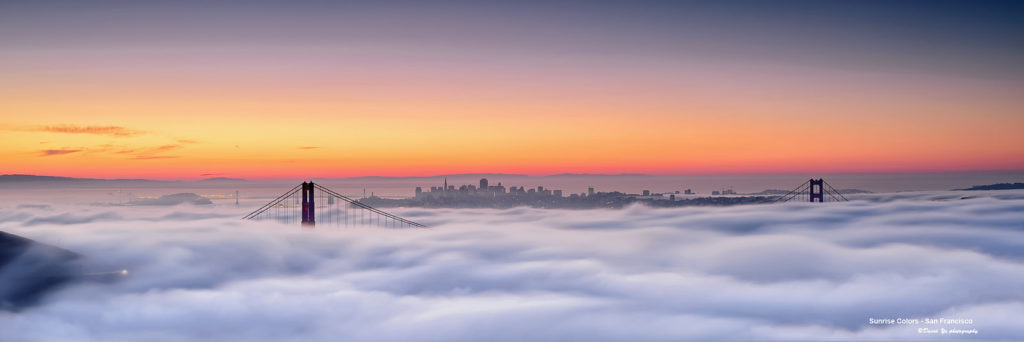
Sunrise Colors – San Francisco by David Yu via Flickr.
SaveSave
